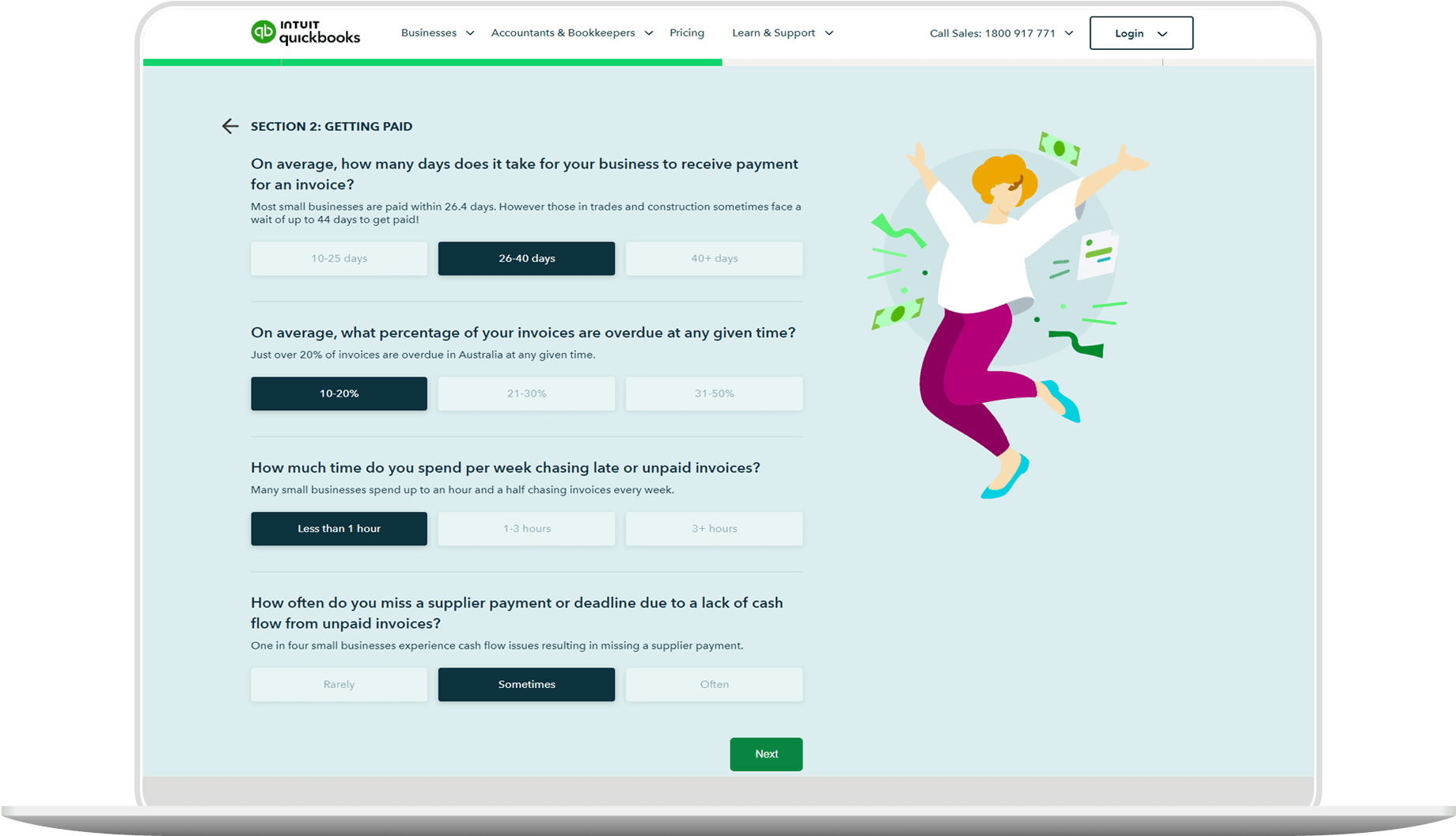Changes to the way taxes are withheld
The tax-free threshold affects how tax is withheld if you have more than one employer, or if you earn additional income as a sole trader. Let’s take a closer look:
How taxes are withheld by sole traders
If your second job is as a self-employed sole trader or freelancer, the tax-free threshold still applies. However, taxes are handled differently compared to traditional employment.
As a sole trader, you're responsible for reporting your income and paying tax yourself, since no employer withholds tax on your behalf. The tax rates for sole traders are the same as for individual taxpayers, meaning you're entitled to the $18,200 tax-free threshold.
However, if your total income (from all sources) exceeds $18,200, you'll need to pay tax on the amount above that threshold. You usually claim the tax-free threshold from your primary employer, not your sole trader income. Instead, your business income is assessed when you lodge your tax return—or through PAYG instalments (if you're required to make them) throughout the year.
How taxes are withheld if you have two employers or a second job
If you're employed by someone else, your employer is required to withhold tax from your pay. But what happens if you have two employers—or receive a government allowance alongside part-time work?
In these cases, you can only claim the tax-free threshold from one employer or payer—typically the one that pays you the most. This helps ensure that the correct amount of tax is withheld across your total income.
Your second employer (or Centrelink, if you receive a taxable benefit) is then required to withhold tax at the "no tax-free threshold" rate. This means tax is withheld from the first dollar you earn from that source—at a higher rate than your primary job.
This withholding method helps reduce the risk of a tax debt at the end of the financial year by ensuring enough tax is collected as you earn.
Withholding tax variations
If too much tax is withheld from your pay during the year, you’ll get a refund after filing your tax return. To avoid this, you can track your income and submit a withholding declaration once you cross the tax-free threshold. This lets your payer adjust the tax withheld.
A pay-as-you-go (PAYG) system might be a better alternative. If your employer is withholding too much, you can apply for a PAYG withholding variation. The ATO will review your income and set a new withholding rate, which your employer will use going forward. This helps align your tax withheld with your actual tax liability.
You should only apply for a withholding variation if you’re confident about your income and can prove the current withholding is unfair. It’s not meant for experimenting with lower rates.




















